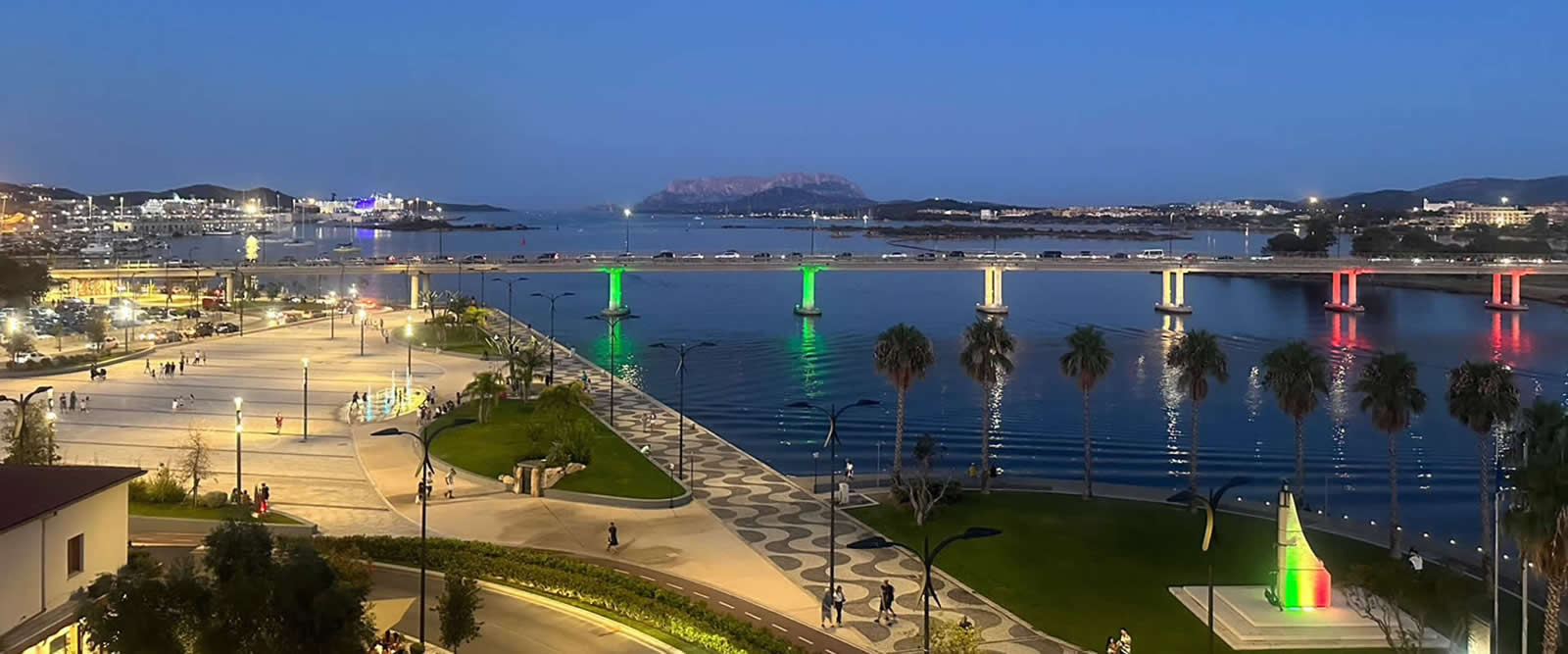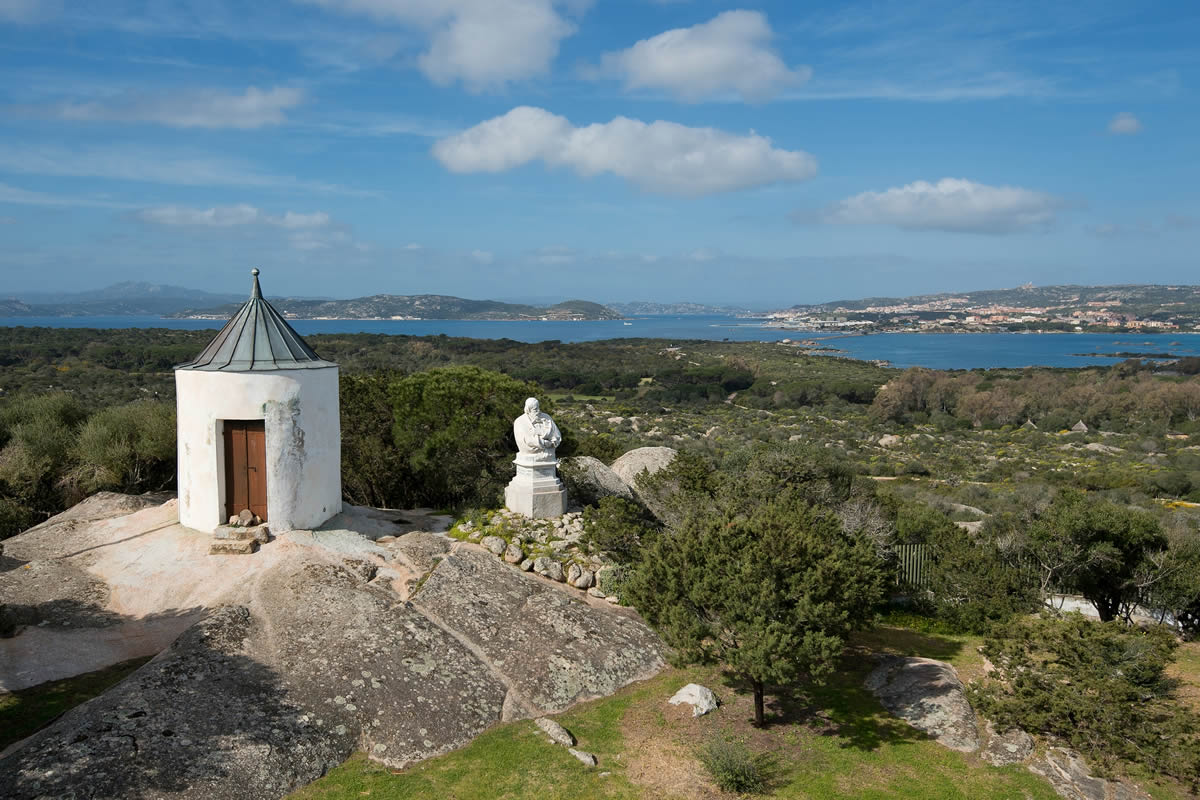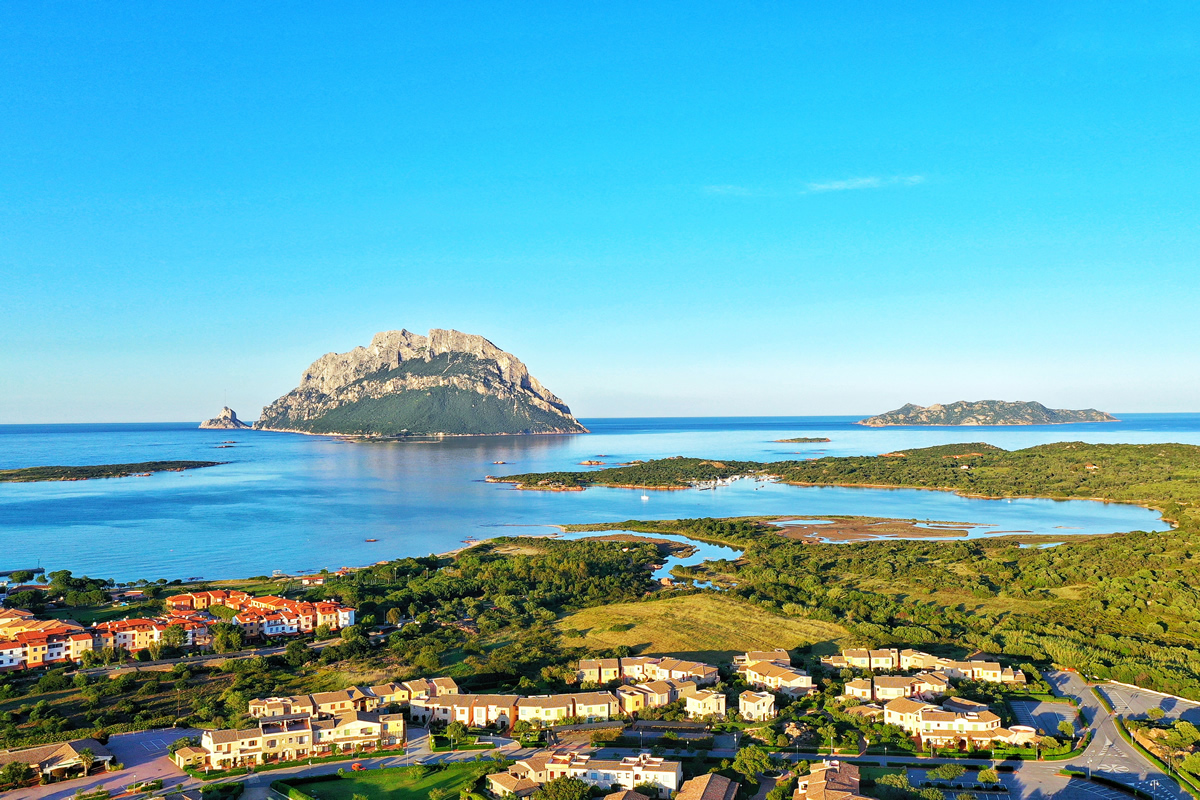Five little-known places in Gallura that are worth visiting
Gallura is undoubtedly the best known area of Sardinia and which has developed over the years a type of tourism that integrates exclusive places with equally beautiful places within everyone’s reach.
The greatest driving force was originally the strength of the Costa Smeralda brand at national and international level.
However, the objective variety of the area, which includes the Arcipelago di La Maddalena and area Marina di Tavolara,
and finally, the ease with which it can be reached (the ports of Olbia and Golfo Aranci as well as the Olbia Costa Smeralda international airport) have made it the most visited area of the island for decades.
It would therefore seem that there is nothing more to discover about this “region within the region”, as the people of Gallura often indicate their land, which is not linked to the sea and the summer period. Also because clichés, as we know, are difficult to overcome, especially if they are rooted in time and in the collective imagination.
Yet in our opinion this land still offers many surprises, and here we offer you a short list of five little-known places in Gallura that are worth visiting.
Just outside the traditional circuits, extremely appreciated by those who know them yet not yet hit by mass tourism.
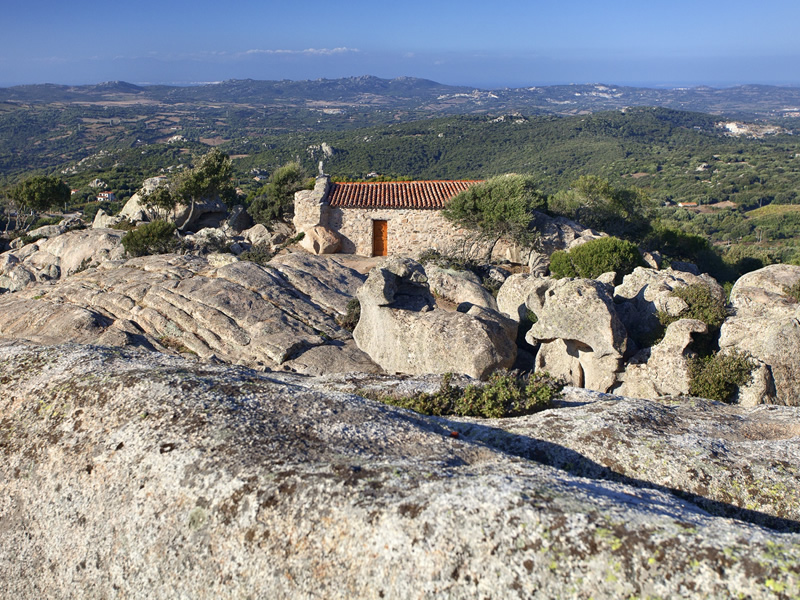 Luogosanto, when there is everything in the name
Luogosanto, when there is everything in the name
Is it possible to find more than 20 churches, a castle and a hermitage founded in the early Christian era in a town of less than 2,000 inhabitants? Yes, if you are in Luogosanto.
This country, landlocked and nestled in the Limbara mountains, has been pervaded by sincere spirituality since its origin.
The santuario di San Trano, built by the Franciscans in 1227 through a vision of the Madonna, it is placed in the place where two anchorite hermits lived in the 5th century. On this rugged and windswept plateau, this small granite church takes you back to the church of its origins and to a way of understanding the world that is as far away as there can be from the Costa Smeralda, albeit close. Among the more than 20 churches in the town, the main one is that of Nostra Signora di Luogosanto, dating back to the Middle Ages, to which Pope Honorius III gave the title of minor basilica. A massive bronze portal is opened every seven years, and is a pilgrimage destination for thousands of faithful from all over Sardinia.
Also in the territory of Luogosanto are the ruins of the castle of Balaiana, which in medieval times was the summer residence of the judge of Gallura.
Luogosanto is a special place, where those who want can take the time to meditate and find themselves.
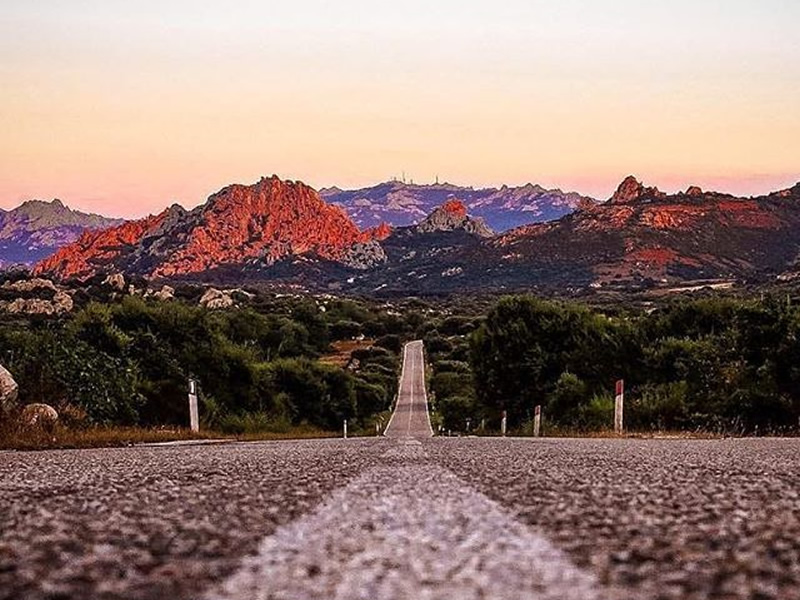 The Moon Valley
The Moon Valley
Not to be confused with the promontory of Cala Grande in Santa Teresa Gallura, known for its hippy community, this area that falls within the municipal area of Aggius is known in Gallura as Li Parisi, and has an extraordinary peculiarity. This valley is dotted with granite boulders that emerge almost out of nowhere, remarkable both in number and in size. The valley, enclosed by a cordillera of granite ridges, certainly has something primordial, also evidenced by the discovery of megalithic circles dating back to between 4500 and 3000 BC.
Over the millennia the wind and water have dug these boulders, creating natural shelters called tafoni in which traces of human settlements have been found.
Visiting this area will truly seem to be catapulted into a distant past, which is why in our opinion it is one of the five little-known places in Gallura that is worth visiting
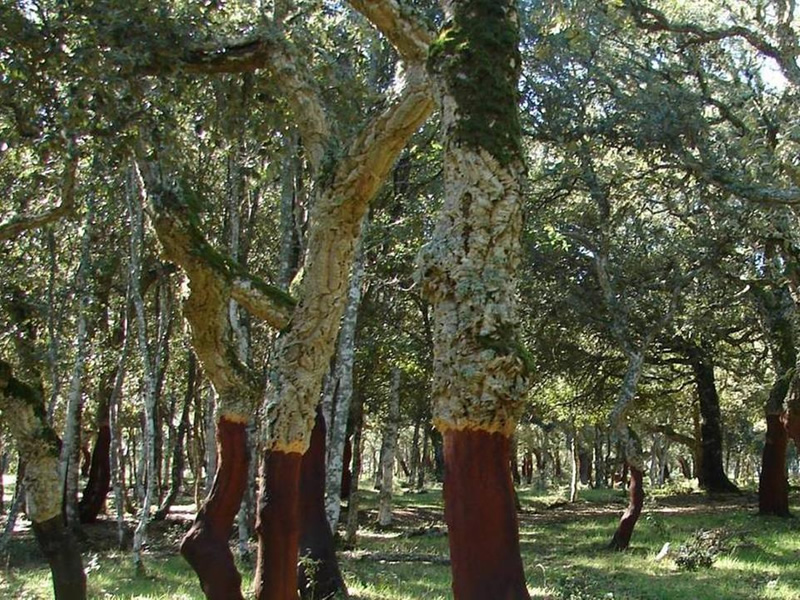 Calangianus, the (green) industry you don’t expect
Calangianus, the (green) industry you don’t expect
This town located at the foot of the Limbara, with a pleasantly cool climate even in summer, is on the list of the hundred most industrialized municipalities in Italy.
Yet the healthy air and the kilometers of oak forests that surround it would suggest something else.
Instead, an industrial history that began in the second half of the nineteenth century made this industrious town, which in 1888 already had regular rail transport, the Italian center for the production and processing of cork. Two thirds of all Italian corks are produced in its more than 40 factories, and the resourcefulness of its industrialists has ensured that today the companies born here have factories in Europe and South America.
The Calagnanesi, however, have also worked hard in the mining sector, with dozens of prized granite quarries that are exported all over the world. But this well-being, however, is not ostentatious. Calangianus in fact, it has a simple aspect, and the churches and the historic center built all in local granite are very well maintained, but always with that measure that recalls the hard work of its inhabitants. And traditions, starting with the daily use of Gallurese instead of Italian, still count here.
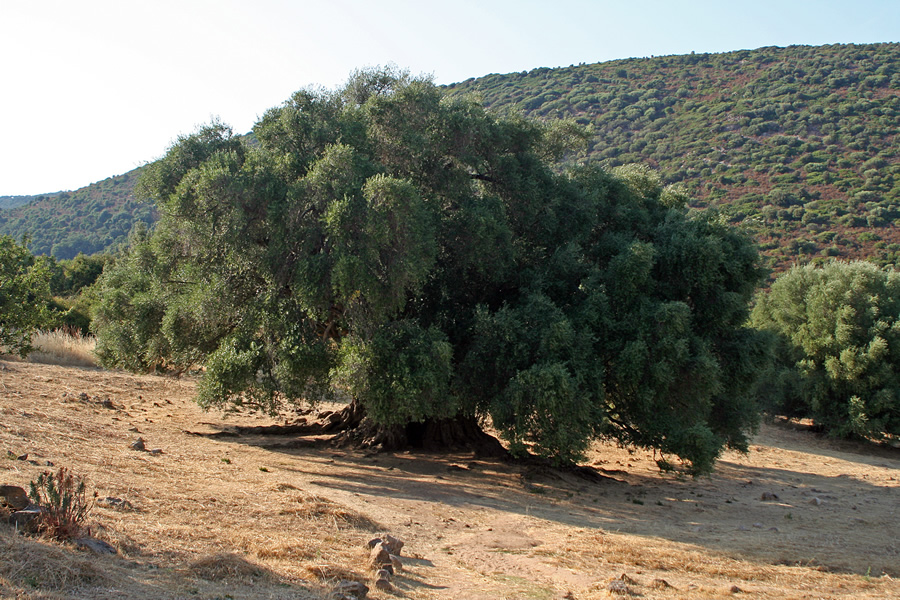 S’Ozzastru di Santu Baltulu di Carana, ancient as the Nuraghi
S’Ozzastru di Santu Baltulu di Carana, ancient as the Nuraghi
Not far from Calangianus, near Lake Liscia within the territory of Luras (which we talked about in the past for the museo della Agabbadora), Not far from Calangianus, near Lake Liscia within the territory of Luras (which we talked about in the past for the Monumento Naturale.
It is an imposing olive tree aged between 3000 and 4000 years. Not very high (14 meters) but 20 wide and with a leafy covering of about 600 square meters, it is probably the oldest tree in Italy. It is now a destination for forest therapy and meditation enthusiasts, but even those who are skeptical of these beliefs cannot fail to perceive a sense of security and peace in seeing this expression of nature that was already here thousands of years ago.
For us it is undoubtedly one of the five little-known places in Gallura that is worth visiting.
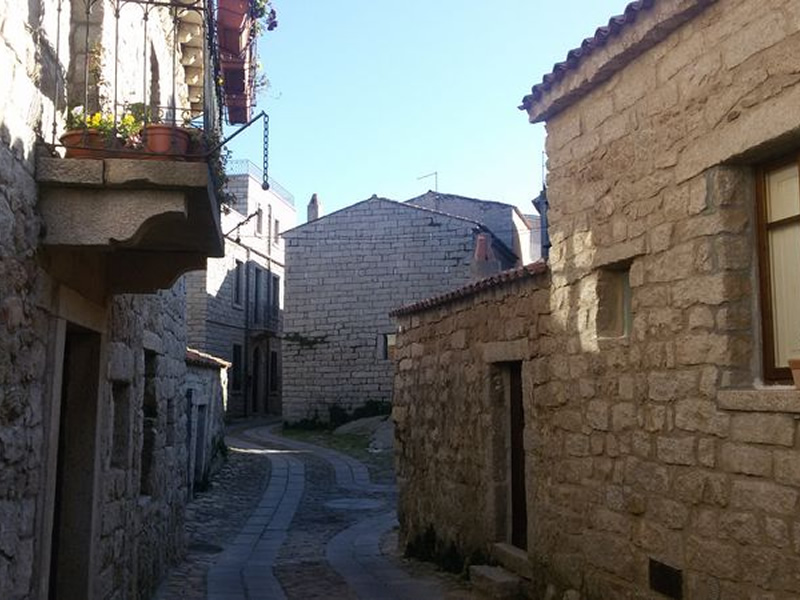
Aggius, one of the authentic villages of Italy
Haven’t you been to Aggius?
This is probably what your Gallura colleague or friend will tell you when you tell him about your holidays in his land. Indeed in this country Bandiera Arancione of the Italian Touring Club you will not find white beaches, crystal clear waters, trendy clubs. You will find a suggestive banditry museum, a complete ethnographic museum, a historic center still active today and carefully preserved by its inhabitants, a restaurant that preserves the flavors of local cuisin.
And then the “Cussoghje”, an economy of self-sufficiency from which, starting from the second half of the 1700s, a culture and lifestyle will develop that will be in use almost until today.
We hope to have given you some non-trivial suggestions for your holiday in Gallura, also because … it is our home!
Indeed Felix Hotels will be pleased to welcome you in Porto San Paolo, in Hotel Residence Porto San Paolo or if you prefer a hotel in the city you can stay at the Hotel Felix Olbia. Going north along the coast here is our Hotel Airone in Baja Sardinia while those who prefer the green of the Gallura countryside can opt for the Country Resort Parco degli Ulivi. Last but not least our 5 star hotel La Coluccia,
on the Conca Verde beach in Santa Teresa.
So, see you in Gallura!

